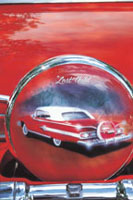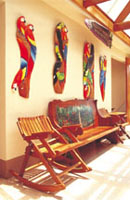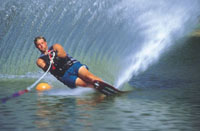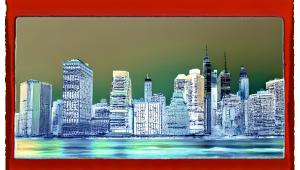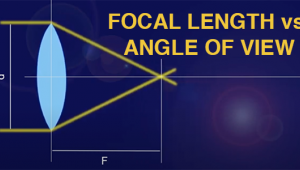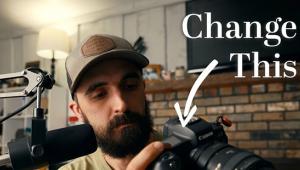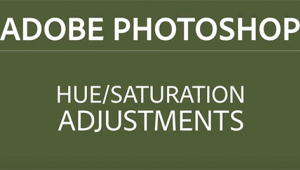Sigma AF 70-300mm f4-5.6 DL Macro
Although many of Sigma's
new lenses incorporate the latest technology and/or premium grade optics,
this manufacturer continues to compete aggressively in the market for
affordable zoom lenses. In addition to its APO, Aspherical, and HSM
series, Sigma still offers a line of entry-level zooms, including the
AF 70-300mm f/4-5.6 DL Macro. Intended for those on a tight budget,
this lens is not only affordable but is also a competent performer.
|
|||
Now you get increased magnification
right up to 0.5x or a 1:2 reproduction ration, also called 1/2 life-size
on the film frame. Four reproduction ratios are marked on the internal
barrel--1:3.5, 1:3, 1:2.5, and 1:2--for those who need to know the exact
level. The barrel protrudes an extra inch at maximum extension. Does the
lens now become rather front heavy? Not at all, since weight distribution
is ideal with the rear section of the barrel and much heavier than the
protruding front section. Consequently, this did not create any problem
when working with the camera on a tripod for 1/2 life-size images of small
blossoms. |
|||
Evaluation.
While shooting with the DL zoom--and after examining my slides--I made
the following notes: |
|||
·At more typical focusing
distances, sharpness/contrast were high from 100-200mm, especially at
f/8 and smaller apertures where the slides are truly impressive. Even
at the widest apertures, this lens is capable of image quality suitable
for an 8x12 print in this focal length range. At the longer focal lengths
central sharpness was high, but edge sharpness did benefit from stopping
down to f/8 or f/11. |
|||
Conclusion. In the July '96 issue, I had tested the "APO Macro" model of this lens. On reviewing my notes from that earlier test, I found that my conclusions for the more expensive model were similar, but for 11x14 prints instead of 8x12 prints. If you routinely order oversized enlargements, the extra cost of the AF 70-300mm f/4-5.6 APO Macro zoom will be a suitable investment. But for an entry-level zoom lens with impressive close focusing ability, the Sigma AF 70-300mm f/4-5.6 DL Macro offers an excellent value for the price. Technical Specifications Construction: 14
elements in 11 groups |
- Log in or register to post comments
